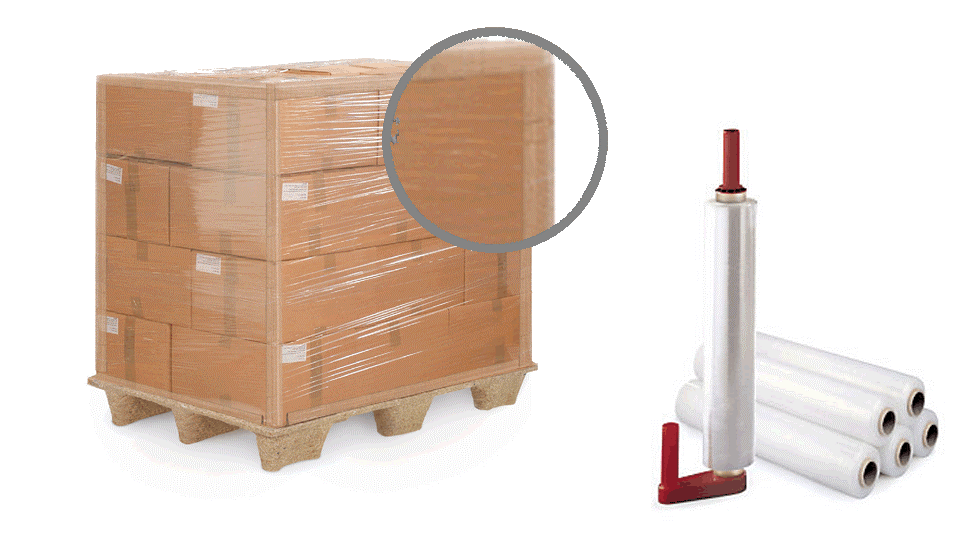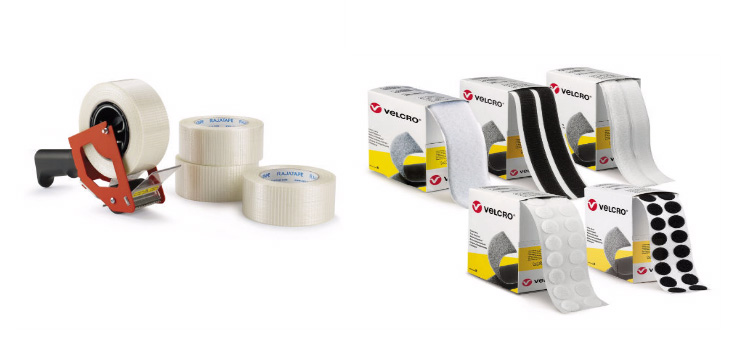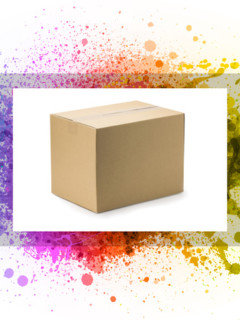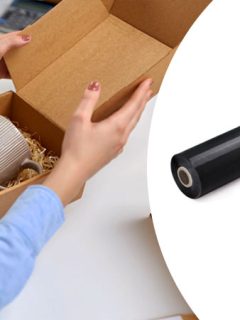Firstly, the types of packaging are distinguished according to the type of product. They are defined in three categories: primary packaging, secondary packaging and tertiary packaging. The first one is the one in direct contact with the article and, in some cases, allows its immediate consumption. Secondary packaging, on the other hand, is an outer wrapping that groups together primary packaging, contributing to its protection. Finally, tertiary packaging can hold large quantities of products and allows for their safe storage until the time of sale.
The main functions of the primary, secondary and tertiary formats include:
– Containment: ensures the protection of the product, which surrounds the packaging. This allows you to handle it easily and effectively, while providing useful information on how it should be transported and handled during shipment.
– Personalisation: a way to attract sales and build customer loyalty, especially in the case of e-commerce. Personalisation allows individualisation of the shipment and therefore customer satisfaction in receiving a parcel in optimum condition.
Let’s see which elements identify primary, secondary and tertiary packaging, according to the uses and needs involved in packaging.
Types of packaging: primary, secondary and tertiary
Primary packaging
This is the packaging that is in direct contact with the product and directly protects it. For e-commerce it is very important that this type of packaging is attractive because it is the one the customer receives. One type of primary packaging would be cardboard or plastic packaging, bottles or plastic bags, which hold the products like the following image.
It will be even more effective for the companies’ business objectives if the packaging is reusable, so that the customer can save it and use it in other situations, continuing to promote the brand.
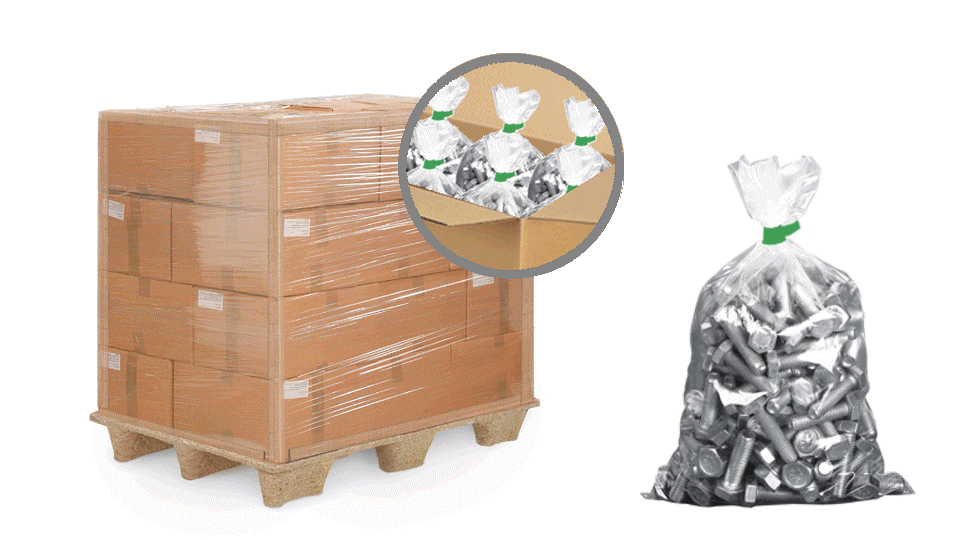
Secondary packaging
This type of format is intended to help protect and transport the product. An example of this would be cargo boxes, for storage or transport. Or folding boxes, corrugated cardboard, etc.
Generally, secondary packaging includes primary packaging as reinforcement for protection and containment in the handling of products. But it can also be used to offer the product to the public, or to customers, as is the case in supermarkets or department stores.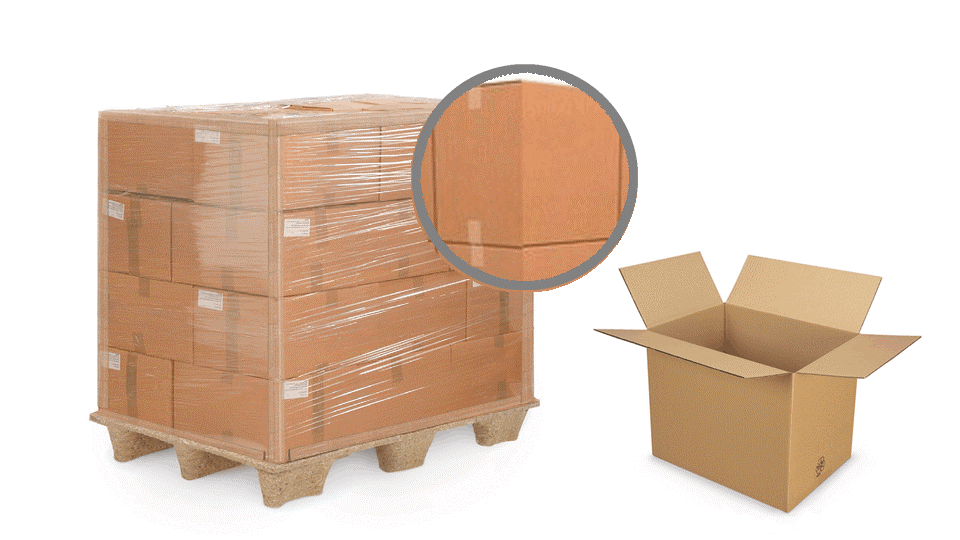
Tertiary packaging
There is another type of wrapping that encompasses the previous two. It is therefore tertiary packaging. It groups and supports the secondary packaging in order to prevent damage during handling, storage and transport of the load.
It is as simple as imagining a large box containing smaller packages with large quantities of products inside. In the sense that they must be kept in one place until they are sold or transported.
Due to this responsibility, this type of format must be made of more resistant materials. That is: like the different types of corrugated cardboard, of various thicknesses, or the wooden containers.
We can also include as tertiary packaging some products such as the pallets themselves, the angles, or the plastic film. Likewise, all those elements that allow maintaining a unit structure of a load for the transport or storage of products.
Complementary elements for an ideal package
Once we decide to pack an object, in a cardboard box, a container, a letterbox or another format, we must take into consideration other aspects, such as:
1. Sealing the packages
The closure is a system we must use to keep the primary or secondary packaging properly sealed. For this, we will resort to the most successful option among a wide variety of additional elements:
- Primary: we can use adhesive tapes, industrial staples, adhesives and glues, clamps or stretchers.
- Secondary: in this case it is advisable to use adhesive tap es or reinforced coloured seals at least 5 cm wide . This is a less resistant accessory which is more easily damaged, as is the case with staples or adhesives.
- Tertiary: it is necessary to use the film to cover pallets, with the main objective of ensuring their protection. Or else, stretch film with high tear resistance and the capacity to wrap these formats. In the same way, it is also important to use angles, which avoid shocks, or cardboard separators that keep the load even more secure.
2. Filling and protecting the packaging
The use of the correct safety material in primary and secondary packaging allows shipments to reach their recipients in perfect condition.
In this way, we can protect a plate in bubble paper. Then we can add primary packaging or include a protection such as chips in a secondary format, such as a box, to preserve the objects inside.
The choice is wide between foams, filling chips, bubble wrap, padded envelopes, etc…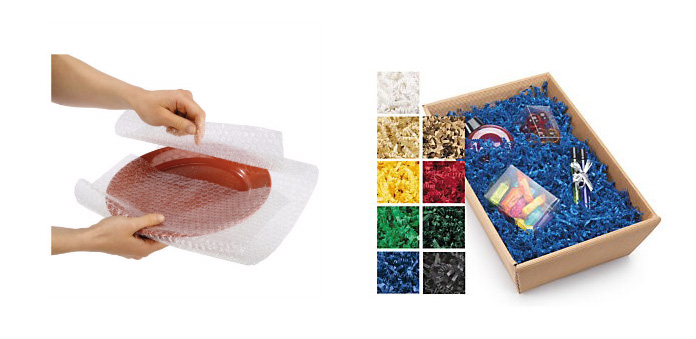 3. packaging labelling
3. packaging labelling
This is an essential element, especially for the secondary and tertiary category, as it provides information on how to handle the shipment. There are more than 50 labelling references according to the packaging needs and sizes, such as: fragile product, hazardous material, position or tipping indicators, etc. They not only identify a company’s brand but also record batch codes, expiry dates, barcodes or even nutritional information.
For more information on packaging and how to optimise your customers’ shipments, do not hesitate to contact our experts and we will help you with whatever you need, call: 707 788 008.











